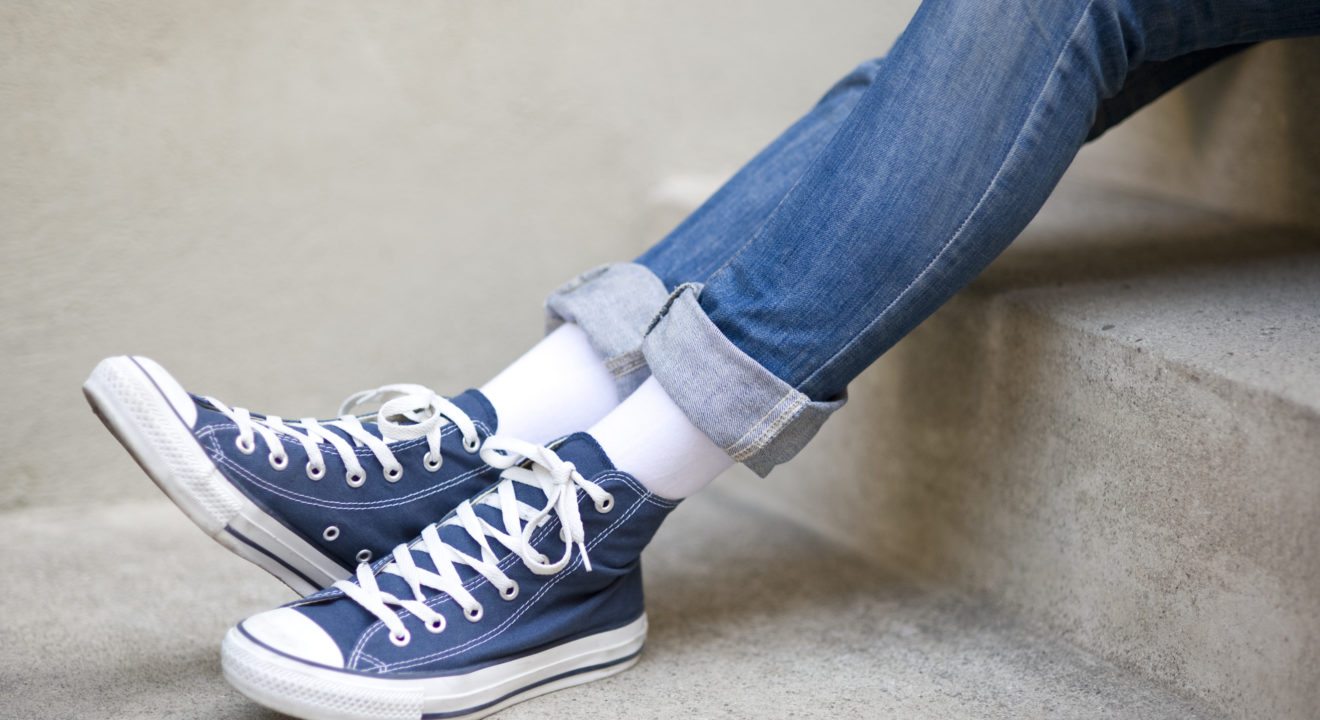Style May 13, 2017


The roaring 20s was the decade that changed it all for women’s style. Dress code reform was synonymous with the women’s suffrage movement and the new modern woman was in full transition from the Victorian mold. With that transition and liberation came pants, button up shirts and suits. The androgynous look began in an effort for women to be taken more seriously in the fields of intellectuality, business and labor.
Here are 4 clothing staples that helped bridge the gap between the sexes in the early 1900s:
The collared white shirt became a status marker for men in the Victorian period in the late 19th century. It symbolized the uniform for the moral and masculine man that was business-like, but more importantly, accomplished. It wasn’t until the 1920s when dress codes became more casual and women started adopting the straighter lines of men’s apparel. The white collared shirt became increasingly popular in the 1940s and 50s when old Hollywood stars such as Lauren Bacall wore a white button-down opposite her co-star, Humphrey Bogart. No longer recognized as a man’s article of apparel, the collared white shirt has become a staple in every woman’s closet.
Coco Chanel was the revolutionary female that changed everything about women’s clothing. In 1921, she designed the classic “Chanel suit” which was based on traditional masculine-apparel. The female suit became a female staple in the 1920s and completely opened the door for women to adopt more traditionally perceived male silhouettes into their wardrobe. This single handedly bridged the gap between traditional female and male roles. The female suit opened up the possibility for less stratification among men and women in the world of business.
The oxford shoe’s popularity dates back to the 1600s in Europe, but it wasn’t until the 1920s that women began sporting then as casual footwear. While men continued to wear the oxford shoe for fancier occasions, women adopted them as a more casual addition to their wardrobe. Women, like famous historical aviator Amelia Earhart, made the oxford shoe popular.
As odd as this might sound, pants were not always considered women’s articles of clothing. Wearing pants during the Victorian period was a very radical idea, even resulting social and public ostracism. Even by the early 1900s, the transition to the idea of a new, modern woman was not completely solidified and wearing pants was still seen as controversial. Once the 1930s rolled around and women had already received the right to vote, pants became a part of female style. Just picture Audrey Hepburn in the 1930s!